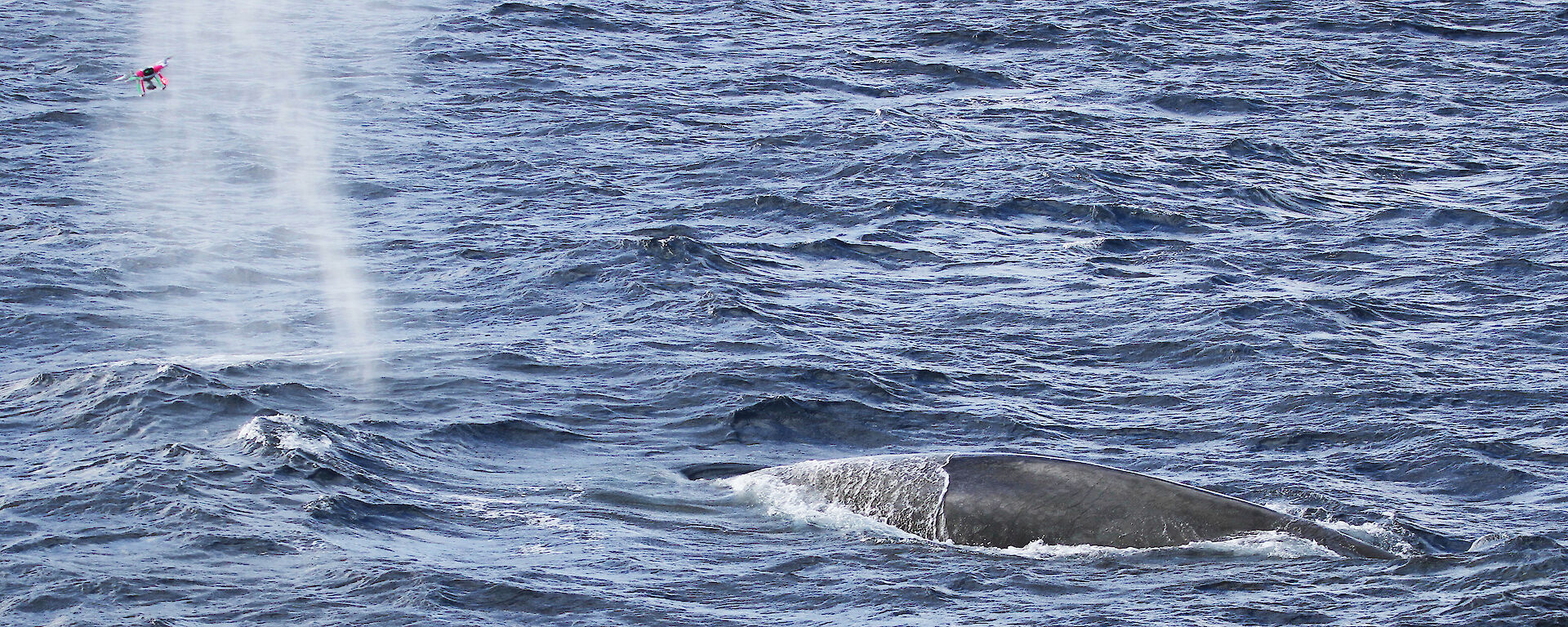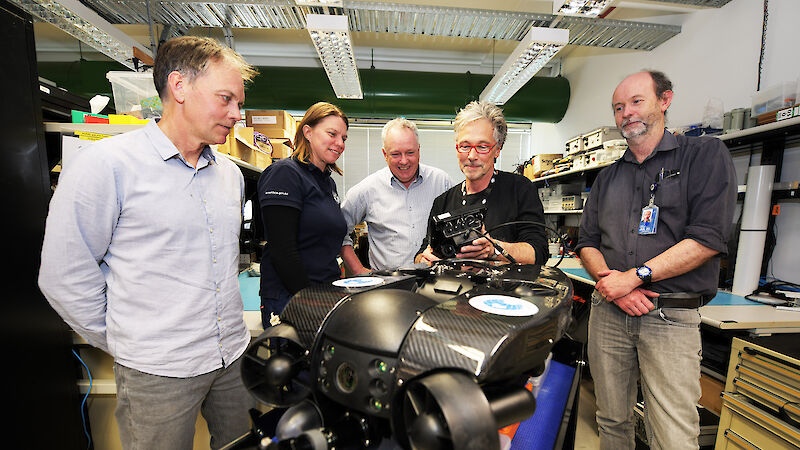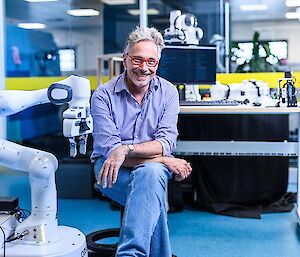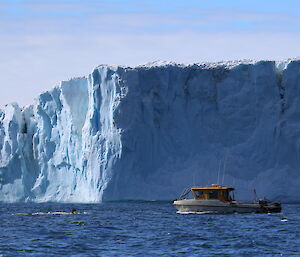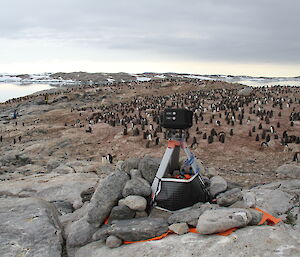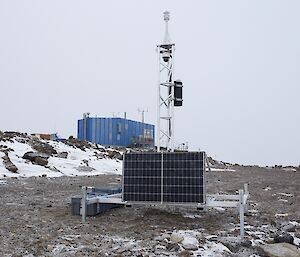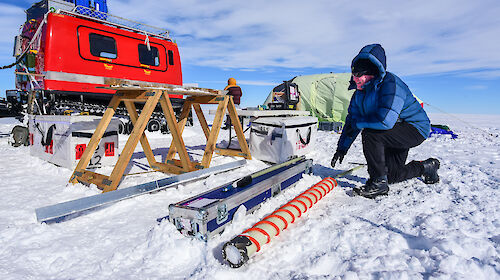Professor Corke is an electrical engineer and Co-director of the QUT Centre for Robotics, with a distinguished career in developing robotic applications for mining, agriculture and environmental monitoring.
In 2021 he became involved in developing a robot prototype to assist astronauts to move cargo and conduct routine inspections and inventory surveys inside the International Space Station and the Lunar Gateway to the Moon.
“My space station project has interesting parallels to Antarctic stations,” Professor Corke said.
“Astronauts, like Antarctic expeditioners, are expensive to look after, and have limited time to get important work done. So if you can use robots to do things like tote cargo, you free them up to do higher value work.”
Future thinking
With a range of changes and challenges in the Australian Antarctic Program, including upgrades to Antarctic stations, ambitious new science programs, and a new scientific research vessel, RSV Nuyina, to operate, the leader of AAD’s data acquisition, analysis and modelling program, Dr Aleks Terauds, said it was time for some fresh thinking.
“While we are already using robotic technology in aspects of our work, including drones, remotely operated cameras and vehicles, and artificial intelligence, are we using it in the most productive and efficient way, and what else is out there that we don’t know about?” Dr Terauds said.
Measure, move and collect
So what sorts of robotic technologies could we see?
“The Australian Antarctic Program needs robots to measure things, collect samples and to move things from one place to another,” Professor Corke said.
“So it’s about picking the right machine to do the job – whether that’s an underwater glider, an autonomous sailing vessel, an aerial drone, or something else.
Among the technologies and applications being considered are:
- Drones for whale tagging and tissue sampling;
- Autonomous ground vehicles for soil sampling, or travelling to and servicing remote camp sites;
- Autonomous aerial vehicles for long-range geophysical surveys of the ice sheet;
- Underwater vehicles to survey beneath the sea ice, or to upload data from seafloor moorings and recharge or service them;
- Automated image analysis of seabird nests, and fish ear bones;
- Inspection and cleaning of infrastructure, such as fuel or water tanks.
“In terms of science, primarily the robots would be taking sensors to places that are important for understanding the state of the Southern Ocean or Antarctica,” Professor Corke said.
“This could include places where it’s dangerous or impossible for humans to take them, such as under the ice. Or it could be places where it’s more cost-effective to send a robot, such as collecting data from a penguin-monitoring camera or a whale acoustic mooring.
“In other operational areas, robots could be used to move people or supplies over the ice, to move equipment and supplies around a warehouse, or they could even help in the kitchen or with maintenance.”
Connecting experts
Through his discussions with AAD staff involved in all aspects of Antarctic science, operations and infrastructure, Professor Corke will identify specific needs and connect individuals to people in the Australian University sector and overseas.
“The AAD has an incredible capability to make or modify equipment for Antarctic conditions, but if we could augment this with students sprinkled around the country, and with connections to the broader Australian and international robotics and AI community, the Division could get a lot more done,” Professor Corke said.
Polar Technology Manager, Lloyd Symons, said the ability to connect with the broader robotic community would solve one of the key challenges faced in Antarctica.
“Every time we talk to people about the latest ‘toy’ and ask ‘how does it go in the ice?’ the conversation stops. They don’t do that,” Mr Symons said.
“So we need to take this clever technology and find ways to make it useful for us.”

